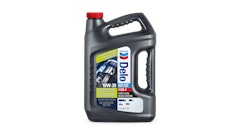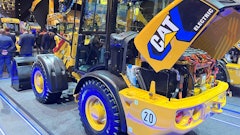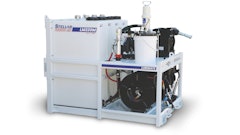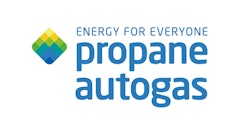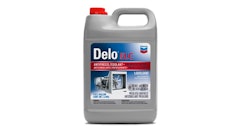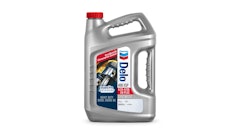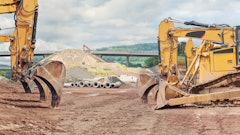
**Content Sponsored by Shell Lubricants**
For many construction companies, lubrication has been overlooked as little more than an ingredient to keep equipment going.
Lubrication has been undervalued across most industries. However, wind, power and automotive companies have become leaders in their industries by selecting lubricants that achieve a stable balance between performance, cost and sustainability. While construction companies have generally looked harder at their original equipment manufacturers (OEMs), there has never been a better time to consider lubricants as a powerful business asset.
Here are three lessons other industries learned about the importance of proper lubrication.
1. Correct and effective lubrication helps protect against the costs of failure.
Traditionally, the wind and power industries have been more likely to prioritize the selection of a quality lubricant.
Sanya Mathura, lubrication and reliability expert and managing director of Strategic Reliability Solutions, explains this is largely because the costs of a lubricant-related failure in these fields can be significant. For example, failure of a critical turbine at a power plant could result in loss of power in areas that may include hospitals or other emergency services. Such an outage can cost the power company millions of dollars.
“Therefore, it’s critical they must ensure the lubricant meets the required specifications, can withstand current environmental factors and will perform their functions for a specified period of time,” said Mathura.
In construction, a lubricant-related failure could mean delays in project timelines, as well as unexpected costs and manpower to replace damaged equipment. The failure could even pose safety issues if it occurred while the equipment was performing a critical task, such as placing a beam.
Wind and power companies are not only willing to spend more on lubricants, but take measures to keep them clean, such as oil analysis and filtration. Lubricant contamination accounts for 30% of equipment failures, according to Mathura, and should be top of mind for those in construction.
2. Lubrication innovations are worth investigating.
Lubricant formulations in the automotive industry have been evolving for more than a century.
According to Peter Lombardo, divisional merchandise manager at Blain’s Farm & Fleet, the most significant development has been oil manufacturers’ ability to make lubricants thinner. With a lower viscosity, oil has volume throughout the entire engine, which leads to greater fuel efficiency and performance.
“One thing the construction site could take away from automotive is that the auto industry is constantly looking for a better solution,” said Lombardo, who has 25 years of automotive experience. “They're constantly trying to find ways to make engines not only last longer but become more fuel efficient.”
Lubrication innovations are happening in the construction industry as well. The latest low-viscosity, synthetic lubricants for construction have longer drain intervals and help increase protection against wear to improve longevity and help fuel efficiency. For example, Shell Rotella® T5 10W-30 diesel engine oil with Triple Protection Plus™ technology uses synthetic base oils plus advanced additive technology to provide protection against wear, deposits and oil breakdown.
3. Lubrication can be leveraged to help with cost savings.
The wind and power industries take a strategic approach to lubrication by harnessing the performance, financial and sustainability benefits lubricants offer long-term. While you can cut some costs by choosing a cheaper lubricant, a higher quality lubricant will offer greater savings when evaluating the total cost of ownership.
Fluids with advanced performance help extend oil life and can result in cost savings. For example, Shell Tellus S4 VE exceeds the 10,000 hours maximum duration that can be measured in the industry-standard turbine oil stability test.2 A construction firm making this adjustment would be able to help extend equipment productivity and reduce planned downtown.
Premium oils, such as Shell Spirax transmission oils, lower fuel consumption by reducing power loss and driving higher mechanical efficiency.3 Greater energy efficiency also helps you to reduce fuel consumption, while longer oil life extends oil drain intervals and reduces your maintenance costs. Ffirms with multiple vehicles may see cost savings in their fuel budget when investing on high-quality lubricants.
Such strategies may lead to better equipment performance, efficiencyproductivity and savings.
“In the long term, not only is that piece of equipment going to last longer, but see more days on the field making money,” said Lombardo.
2 Measured using industry-standard, third-party and internal competitor benchmarking tests. Actual effects and benefits may vary. No guarantees provided.
3 The Shell Spirax range of axle, gear and automatic transmission fluids has been developed to enable drivers, fleet owners and operators to select the oil that will deliver optimum value to their operations through enhanced wear protection, long oil life and efficiency. Taken from the Shell Spirax Product Family Brochure.





